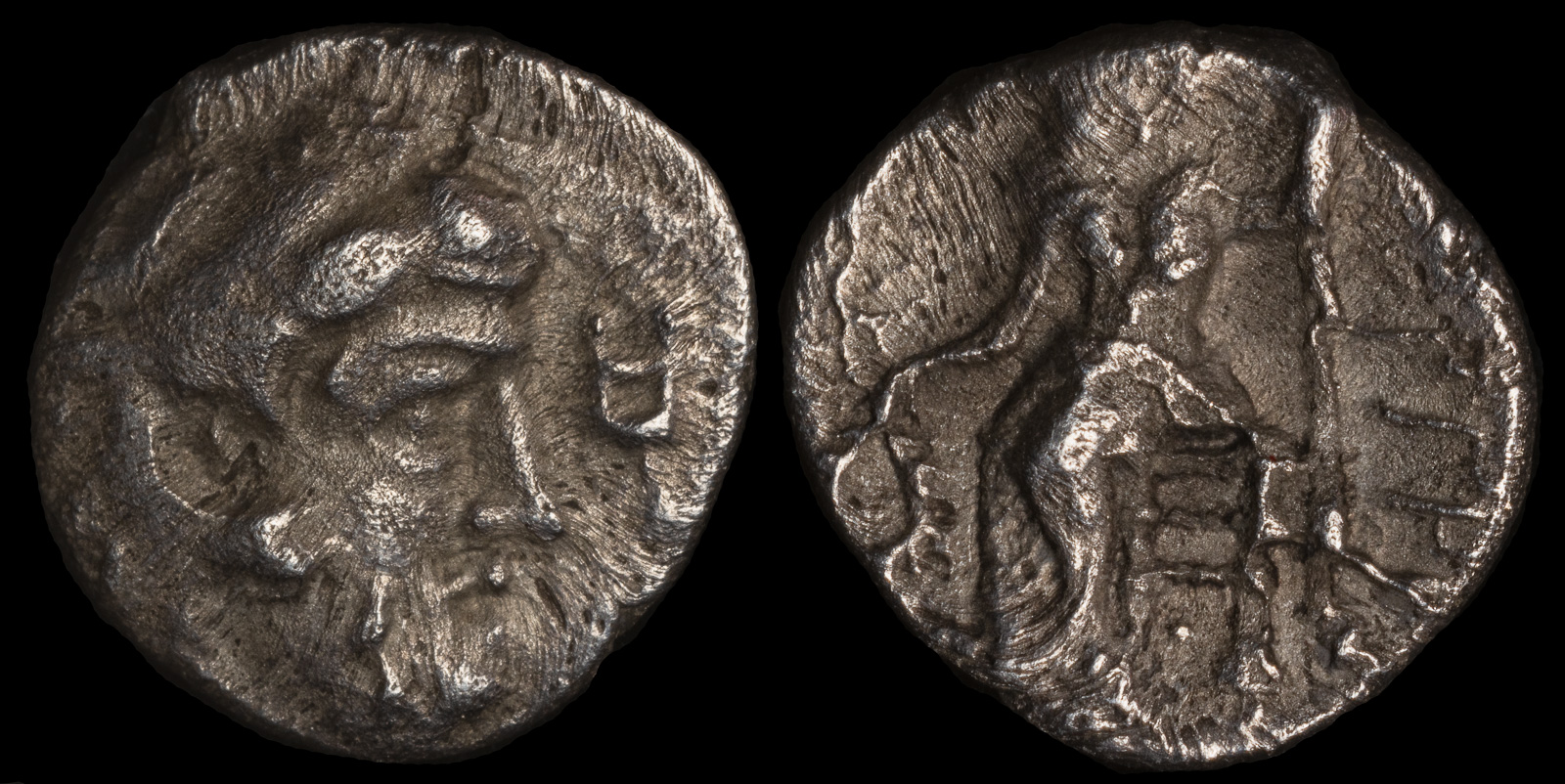Artagatis
View All Tags
Artagatis was commonly depicted as a motherly figure, embodying the nurturing aspects of motherhood and fertility. She was frequently associated with fish, a symbol of fertility and abundance in the ancient world, and was sometimes represented with a fish body or depicted holding a fish, which connected her to the abundance of the sea and the fertility of the waters. Her association with water also extended to her role as a goddess of rivers and lakes, where she was believed to have the power to ensure the fertility of the land and the success of crops. In this sense, she played a central role in the agricultural and everyday life of the people who worshipped her.
In terms of mythology, Artagatis’ origin is somewhat ambiguous, but she was sometimes believed to be an earth goddess who emerged from the primal forces of nature. Over time, her mythology incorporated aspects of other deities, and her persona evolved into a multi-faceted figure. In some accounts, she was identified with other mother goddesses such as Atargatis, a syncretic deity combining the attributes of Artagatis with those of the Greek goddess Aphrodite or the Babylonian goddess Ishtar. Her worship included rituals that celebrated fertility, marriage, and the renewal of life, and her temples were often located near bodies of water, emphasizing her connection to the cycles of nature.
Artagatis’ most famous temple was located at Hierapolis, in what is now modern-day Syria, where she was worshipped with great devotion. She was sometimes depicted as a majestic figure sitting on a throne, holding a cornucopia, symbolizing her dominion over wealth and fertility. While Artagatis had strong associations with female fertility, she was not only a goddess of reproduction but also of life’s mysteries and death’s transition, showing the full range of existence. In many ways, she embodied the balance of life and death, creation and destruction, and the continuity of natural cycles, making her a goddess of profound significance in the spiritual and cultural life of the ancient Near East.

Cyrrhestica, Bambyke-Manbog
Circa 330 BCE
AR Obol .51g, 9mm
Obv: Unknown portrait facing left. U monogram of Manbog right.
Rev: Artagatis enthroned left, wearing long dress tied by a belt; scepter in left hand, wreath in outstretched right
unpublished